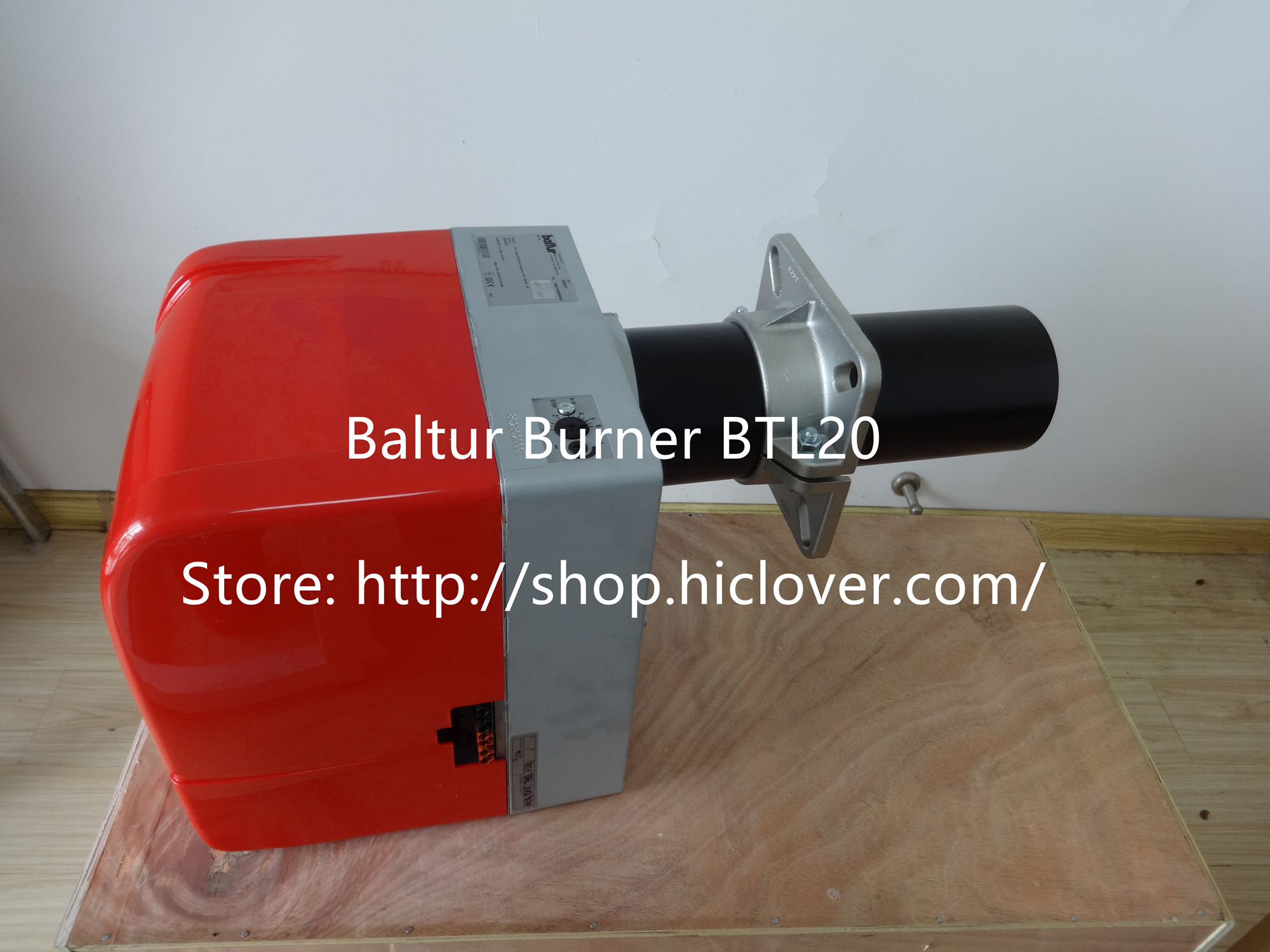Environmental regulations have a significant impact on the prices and market dynamics of incinerators, as these regulations can drive up the cost of compliance and affect the demand for incineration technology.
Incinerators are used for the disposal of a wide range of waste materials, including municipal solid waste, medical waste, and hazardous waste. They are a popular choice for waste disposal due to their ability to reduce the volume of waste and minimize the environmental impact of landfills. However, incinerators also have the potential to release harmful pollutants into the environment, making them subject to strict environmental regulations.
One of the primary ways that environmental regulations influence the prices and market dynamics of incinerators is through the requirements for emissions control. Regulations such as the U.S. Environmental Protection Agency’s Clean Air Act and the European Union’s Industrial Emissions Directive set limits on the emissions of pollutants such as nitrogen oxides, sulfur dioxide, particulate matter, and mercury from incinerators. Meeting these emissions limits requires the installation of advanced pollution control equipment, which can significantly increase the cost of incinerator systems.
The need to comply with emissions regulations has driven the development of new technologies and materials for incinerator systems. This has led to higher prices for incinerators, as manufacturers invest in research and development to create more efficient and environmentally friendly products. As a result, environmental regulations have contributed to a trend of increasing prices for incinerators in recent years.
Furthermore, environmental regulations can also affect the demand for incinerator technology. In regions with stringent emissions limits, such as the European Union, there is a strong demand for incinerators with advanced pollution control capabilities. This has created opportunities for manufacturers of high-efficiency incinerators, as well as for providers of emissions control equipment and services.
On the other hand, in regions with less stringent emissions regulations, such as certain parts of Asia and Latin America, there may be less demand for advanced incinerator technology. This can lead to a more price-sensitive market, where lower-cost incinerators may be favored over those with higher emissions control capabilities.
In addition to emissions control, environmental regulations can also impact the market dynamics of incinerators through requirements for energy efficiency and resource recovery. Regulations aimed at reducing energy consumption and promoting the recovery of materials from waste can drive the development of more advanced and complex incinerator systems, further influencing their prices and market demand.
Overall, environmental regulations play a crucial role in shaping the prices and market dynamics of incinerators. By imposing strict emissions limits and promoting energy efficiency and resource recovery, these regulations have driven the development of more advanced and environmentally friendly incinerator technology. While this has led to higher prices for incinerators in some regions, it has also created opportunities for manufacturers and providers of emissions control equipment. As environmental regulations continue to evolve, they will continue to be a key factor shaping the incinerator market.



